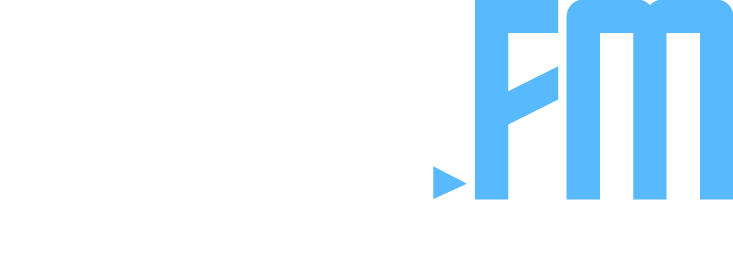Agricultural land dedicated to soybean cultivation in Germany has experienced significant growth over the past eight years. Data released Tuesday by the Federal Statistical Office (Destatis) indicates a 156.8 percent increase in soybean acreage between 2016 – the first year for which figures were recorded – and 2024.
In the last year, almost 4,500 agricultural operations cultivated soybeans across a total area of 40,500 hectares. This represents a considerable rise from 2016, when approximately 2,400 farms managed just under 15,800 hectares of soybeans. Soybeans are primarily utilized as feed for livestock, though a smaller proportion is processed for food production.
The expansion of soybean farming in Germany is also linked to increasing challenges posed by drought and periods of low rainfall. Shifting to more drought-resistant crops, such as soybeans, is one strategy employed by farmers to mitigate these effects.
Alongside crop diversification, increased irrigation capabilities are also being observed. The total potentially irrigable agricultural land increased by nearly a quarter (23.9 percent) between 2009 and 2022. In 2022, approximately 791,800 hectares, or 4.8 percent of Germany’s total agricultural land, was equipped or accessible for irrigation systems.
Growing awareness of sustainable water management is also driving adoption of water-efficient irrigation techniques. Drip irrigation, which delivers water directly to plant roots, has become increasingly popular. In 2022, around 5,700 farms used drip irrigation – a substantial 78.1 percent increase since 2009. Conversely, the number of farms utilizing traditional sprinkler irrigation decreased slightly over the same period, falling by 1.9 percent to roughly 11,900.












